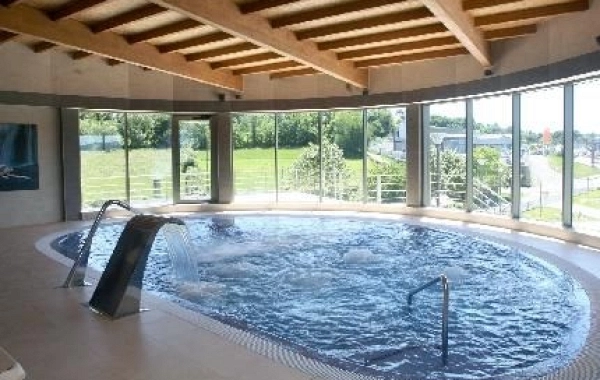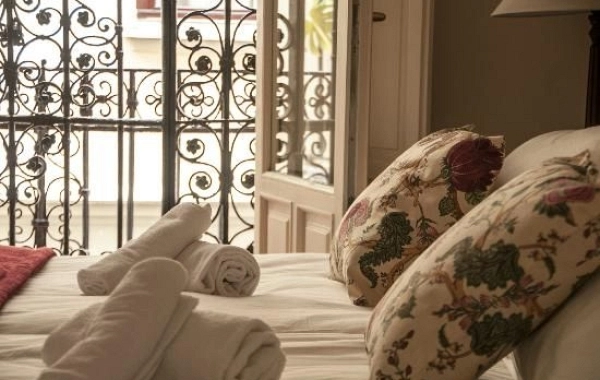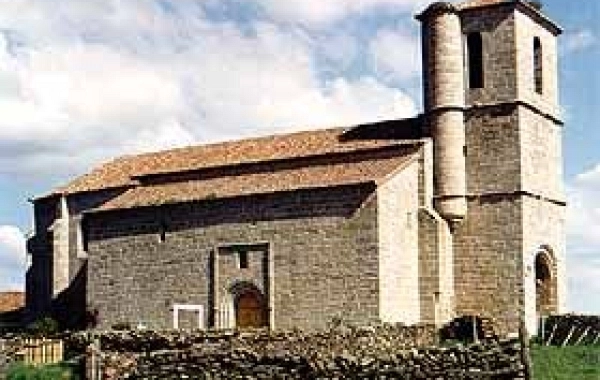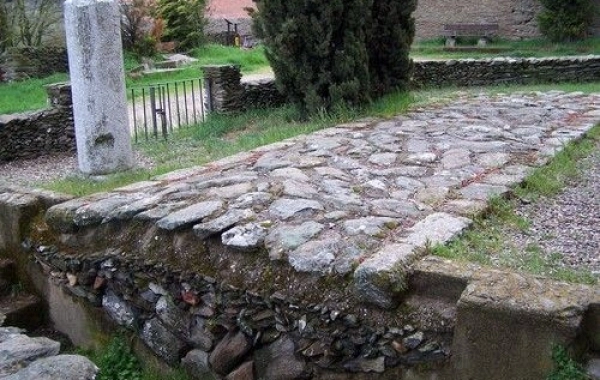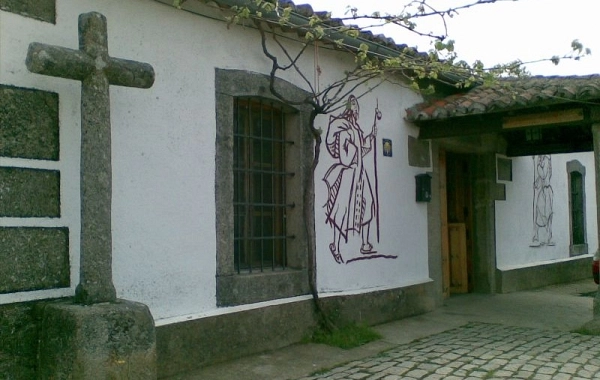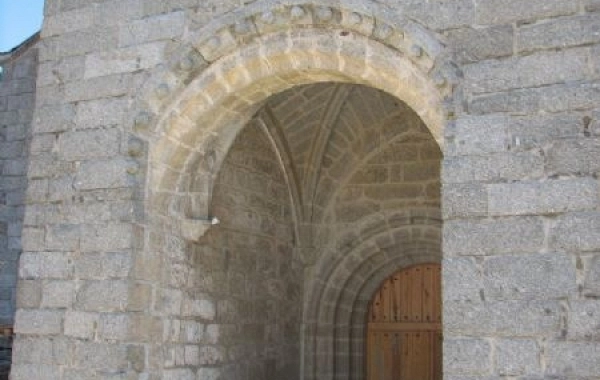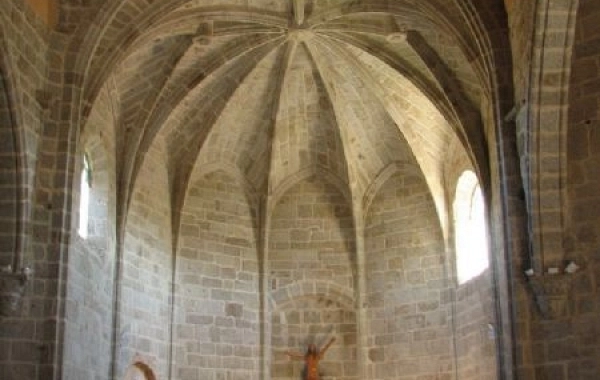VP16 - Baños de Montemayor - Fuenterroble de Salvatierra - 32,9 km
Distance33 Km.Related packages
Stage from Baños de Montemayor to Fuenterroble de Salvatierra: A Journey of History and Hospitality
In this stage of the Camino de Santiago, pilgrims continue along the Vía de la Plata, exploring both the history and the natural beauty of the route. From Baños de Montemayor, we head towards the next destination: Fuenterroble de Salvatierra.
Leaving Baños de Montemayor: The Roman Road and the Cuerpo de Hombre River
From Baños de Montemayor, we begin walking along the reconstructed Roman road towards Béjar. However, the path veers left before entering the city. If you have time, Béjar has several points of interest to explore. The path runs parallel to the road, with the Cuerpo de Hombre river on the right. We cross the road and continue along the Roman road until we reach Calzada de Béjar, continuing our route through Valverde de Valdelacasa and Valdelacasa.
Fuenterroble de Salvatierra: A Landmark on the Camino
One of the most emblematic places of this stage is Fuenterroble de Salvatierra, a small but welcoming destination on the Camino de Santiago. This village has a rich tradition of hospitality, where Father Blas, with the help of the locals, undertook the reconstruction of the parish house, which now houses one of the coziest hostels on the Camino.
History of Fuenterroble de SalvatierraFuenterroble de Salvatierra has a history rooted in muleteering and is a significant place on the Vía de la Plata route in the province of Salamanca. The town, with a population of 262 inhabitants, stands out for the use of slate in its buildings, rather than the traditional granite. The path in this area is straight and flat, surrounded by trees that provide shade and coolness during the journey.
What to See in Fuenterroble de Salvatierra
Church of Santa María la BlancaOne of the main attractions in Fuenterroble de Salvatierra is the Church of Santa María la Blanca, a beautiful Gothic structure from the 15th century. The church features a solid restored tower and an impressive interior, with an altarpiece attributed to Churriguera. The church also has three access doors, including one that is used as the door of pardon, allowing pilgrims to gain indulgences if they are unable to reach Santiago due to illness.
Hermitage of Santo Cristo del SocorroIn Fuenterroble, you can also visit the Hermitage of Santo Cristo del Socorro, a small building of popular tradition. Built with a granite wall, the hermitage has a single nave and a small bell tower, providing a space of serenity for pilgrims.
Park Dedicated to the Vía de la PlataAnother interesting place is the Park dedicated to the Vía de la Plata, an educational center where pilgrims can learn more about the history of the route, its construction techniques, and its importance over the centuries.
Stages
- VP01 Sevilla - Guillena , 22 km
- VP02 - Guillena - Castilblanco de los Arroyos - 19 km
- VP03 - Castilblanco de los Arroyos - Almadén de la Plata - 29,5 km
- VP04 - Almadén de la Plata-Monesterio - 34,5 km
- VP05 - Monesterio-Fuente de Cantos - 21,6 km
- VP06 - Fuente de Cantos - Zafra - 24,6 km
- VP07 - Zafra - Almendralejo - 36,7 km
- VP08 - Almendralejo - Mérida - 29,6 km
- VP09 - Mérida - Alcuéscar - 36 km
- VP10 - Alcuéscar - Valdesalor - 25,7 km
- VP11 - Valdesalor - Casar de Cáceres - 22,8 km
- VP12 - Casar de Cáceres - Cañaveral - 33,2 km
- VP13 - Cañaveral - Galisteo - 28 km
- VP14 - Galisteo - Cáparra - 29,5 km
- VP15 - Cáparra - Baños de Montemayor - 28,5 km
- VP16 - Baños de Montemayor - Fuenterroble de Salvatierra - 32,9 km
- VP17 - Fuenterroble de Salvatierra - San Pedro de Rozados - 28 km
- VP18 - San Pedro de Rozados - Salamanca - 23,4 km
- VP19 - Salamanca- El Cubo de la Tierra del Vino - 35 km
- VP20 - El Cubo de la Tierra del Vino - Zamora - 31,6 km
- VP21 - Zamora - Montamarta - 18,5 km
- VP22 - Montamarta - Granja de Moreruela - 22,7 km
- VP23 - Granja de Moreruela - Benavente - 25,5 km
- VP24 - Benavente - Alija del Infantado - 22,1 km
- VP25 - Alija del Infantado - La Bañeza - 20,5 km
- VP26 - La Bañeza - Astorga - 24,2 km




